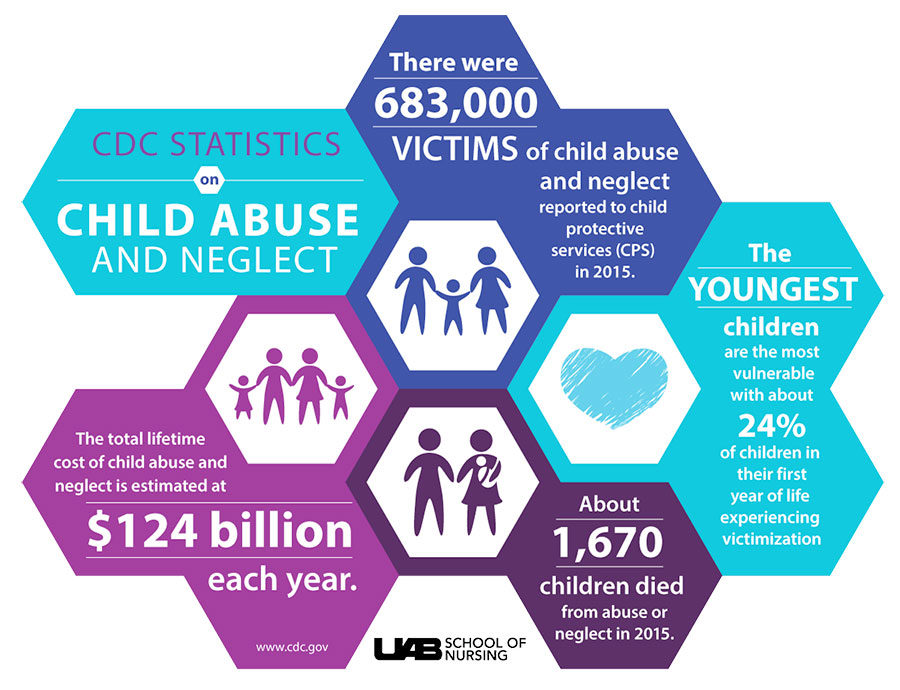Child Abuse vs. Corporal Punishment: Where Do We Draw the Line?
December 13, 2018
A question that has plagued parents, new and old, rather recently is: should corporal punishment be considered going too far? The concern became popular after Adrian Peterson, a popular NFL player, went to jail for whipping his son with a switch. According to Jed Lipinski, “Peterson faces up to two years in prison and a $10,000 fine if convicted. In a statement issued Monday, he denied that he is a child abuser and said he ‘did not intend’ to cause his son injury.” Since Peterson’s trial, discussing ways to punish children safely has been a popular topic among parents and officials – perhaps out of concern for children, or guilt.
According to Carrie Craft, “In schools and at home, corporal punishment (CP) is when a parent, legal guardian, or education administrator attempts to stop an unwanted behavior by causing the child to feel physical discomfort or pain.” In the past, physical harm was a common part of raising a child and was thought to be the only form of discipline that was considered efficient. According to Joan Durrant and Ron Ensom, “As recently as 20 years ago, the physical punishment of children was generally accepted worldwide and was considered an appropriate method of eliciting behavioral compliance that was conceptually distinct from physical abuse.” These methods have a long history in the United States and around the globe, dating back to the Middle Ages. For example, “In 1866, a major case was brought under trial. A teacher had struck the child 15-20 times with a whip,” according to APTParenting.
Unjust punishments like the trial in 1866 now qualify as child abuse, and the authorities are required to get involved. This portrays a slight societal shift in the parent and guardian’s view of children. Since corporal punishment is illegal or only allowed in certain circumstances in most countries and states, it has caused parental figures to search for different forms of behavioral corrections. But now, there are many different alternatives to corporal punishment. This means that there is no excuse to hit a child when there are safer and more efficient ways to handle misbehavior. According to Sheena Carter P.H.D., “There are numerous advantages, however, of learning alternative techniques for maintaining discipline. Perhaps, most importantly, rewarding desirable behavior is more effective than the punishment of undesirable behavior and the negative effects of punishment can be avoided (e.g., physical punishment carries with it a risk of physically injuring the child; children associate negative feelings with the person who punishes them, etc.).” Just like all aspects of parenting, learning to speak to the child takes patience and understanding. However, it is worth it to provide safe punishments, rather than hitting and other physical disciplines. Most parenting websites, like KidsHealth and HealthyChildren, explain what child abuse is and how to differentiate abuse and punishment and provide effective discipline. For example, the U.S. National Library of Medicine’s “Effective Discipline for Children” details efficient punishment for different ages, and how to properly carry out those rules. Overall, websites like these can help parents have a safer and more loving bond with their children.
Some may argue that in different cultures, corporal punishment is allowed, and even encouraged. Therefore, we should not exclude physical discipline completely or at all. However, children regardless of races, genders, socioeconomic status, religion, and education are all affected negatively by these abusive tactics. According to the PA Family Support Alliance, “While there are many ways of parenting around the world, this does not mean that anything goes, as long as it’s ‘cultural.’ Parents must adapt their parenting practices to what is acceptable in the dominant culture around them, and some things are considered abusive in every culture.”
Parents that partake in spanking, whipping, slapping, (etc.) must realize that although they might not leave physical scars and long-lasting marks, physical punishment can damage a child’s mental health for the rest of their lives. According to Paul C. Holinger, M.D., “Physical punishment elicits precisely the negative effects one does not want in parent-child relationships and socializing children: distress, anger, fear, shame, and disgust.” Corporal punishments heighten the child’s negative feelings and can make them act out – whether it is harmful to others or harmful to themselves. According to Brookings, “Children spanked frequently and/or severely are at higher risk for mental health problems, ranging from anxiety and depression to alcohol and drug abuse, according to some research studies.” Punishments like spanking or hitting could also cause the child to associate violence with love and getting their way, causing harmful relationships and spousal abuse in the future. Physical violence in the form of corporal punishment against kids causes a plethora of problems in their development and adult lives. As well as causing mental health issues, the cycle of abuse may continue to other children down the line. This is harmful to the future of society and everyone it affects.
Corporal punishment may have once been considered effective, however, with our societal shift and research done on it affects, it is no longer an acceptable way to raise a child. There are a plethora of resources providing safe and efficient ways to punish kids, that don’t involve any physical abuse. It is imperative that parents treat their children with love and respect, and physical abuse is not the way to do that.
If you or a loved one is experiencing any type of parental abuse, please contact: (1800) 422-4453 or visit https://www.childhelp.org/hotline/.










Kim • Oct 6, 2022 at 12:01 am
I think most people with common sense know the difference between spanking and abuse. Spanking kids with their underwear pulled down is normal; spanking them completely naked is abuse. Using a light paddle or belt is normal; using a whip or cane is abuse. Spanking their bottom is normal; spanking their genitals is abuse. I was abused in all these ways and more. If you don’t know the difference between spanking and abuse, don’t have kids.